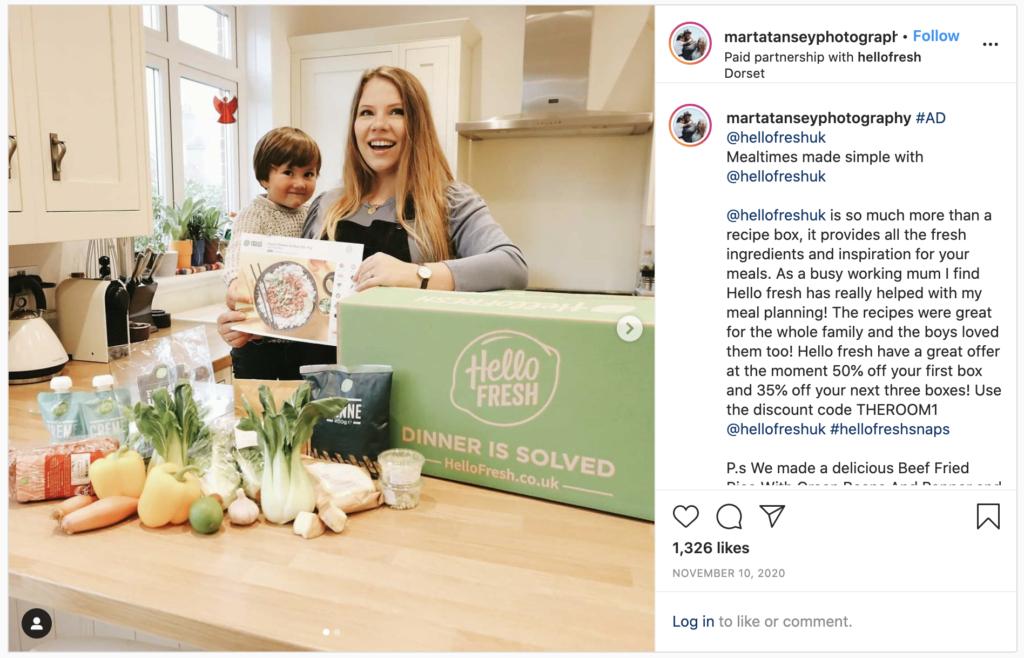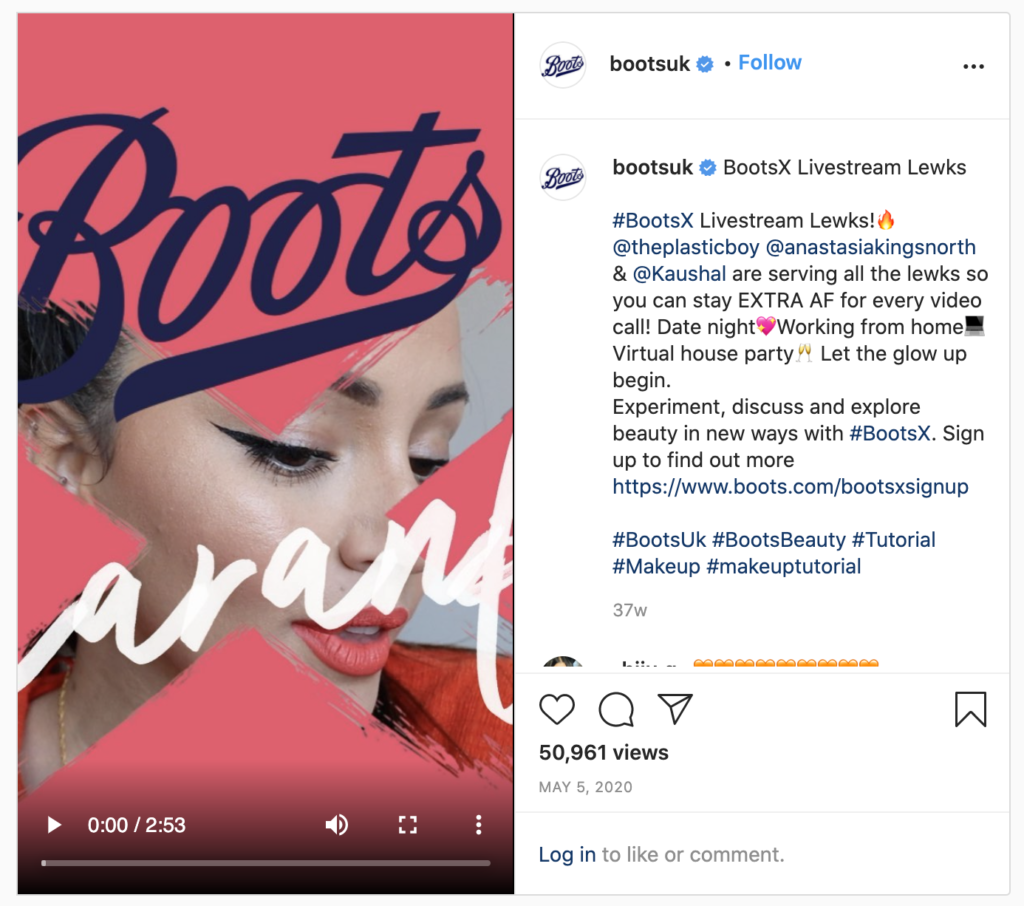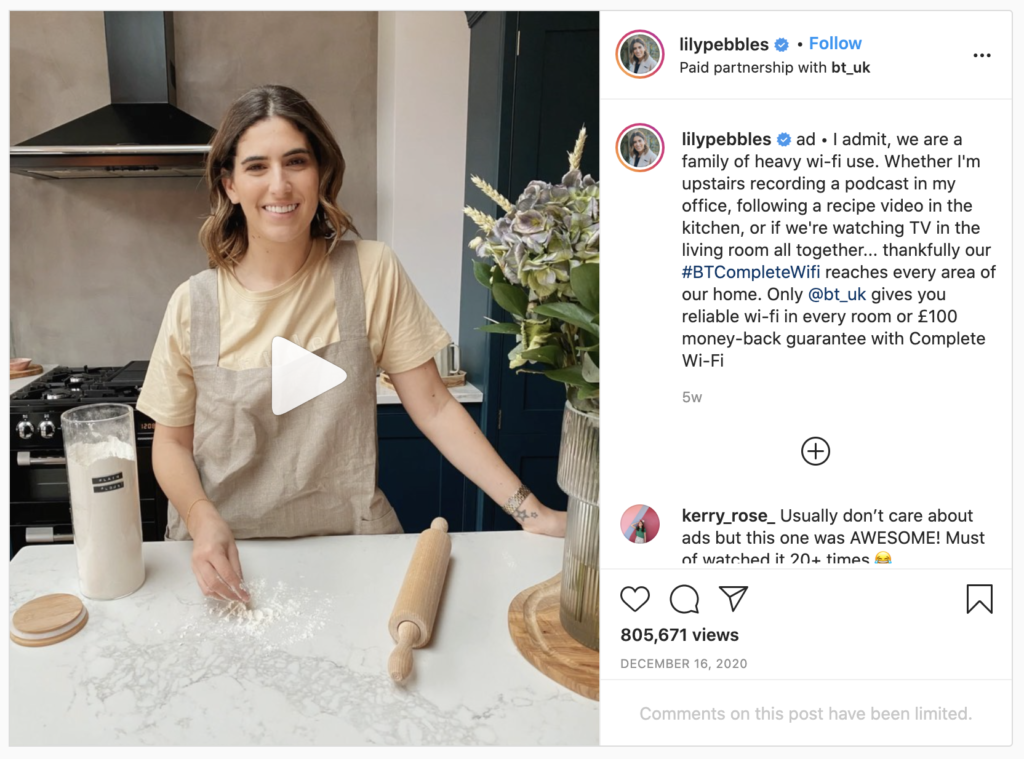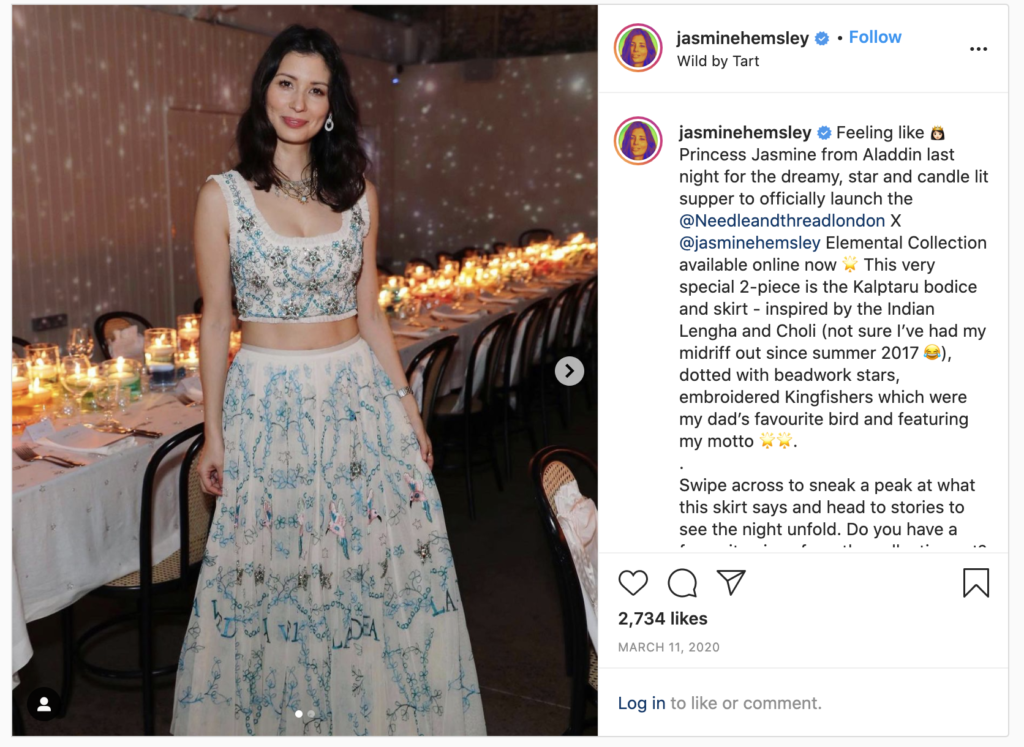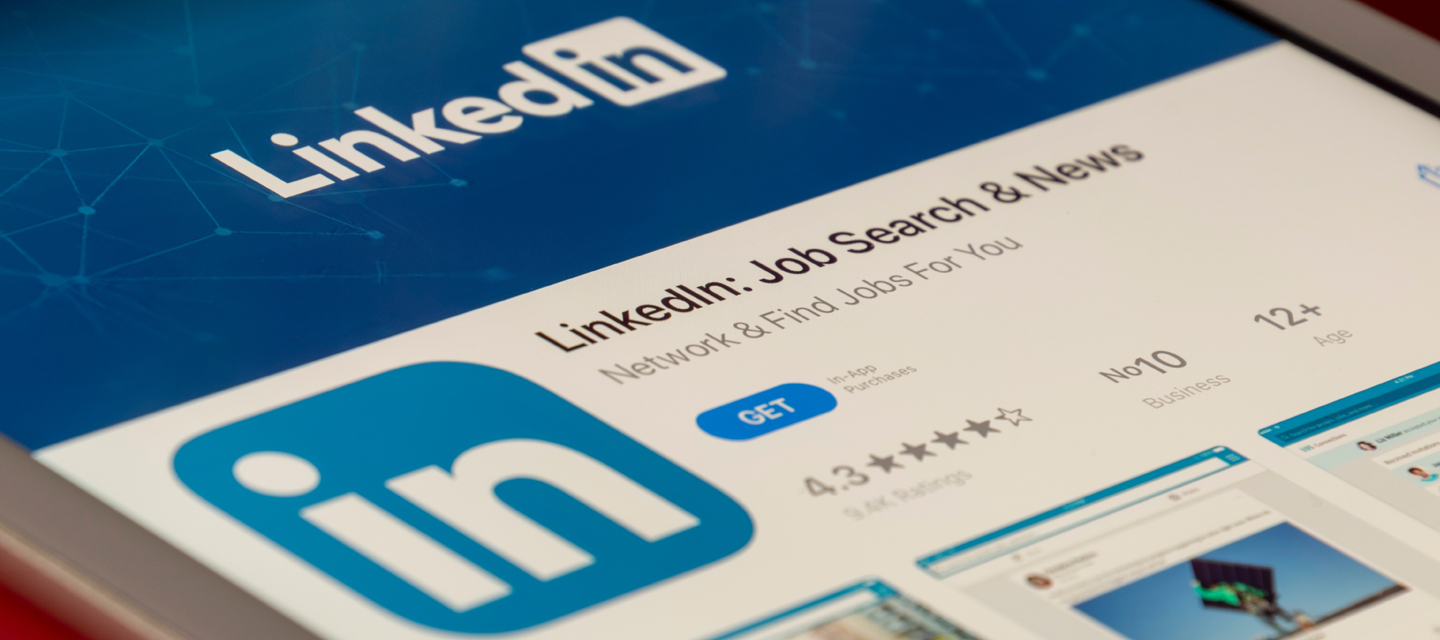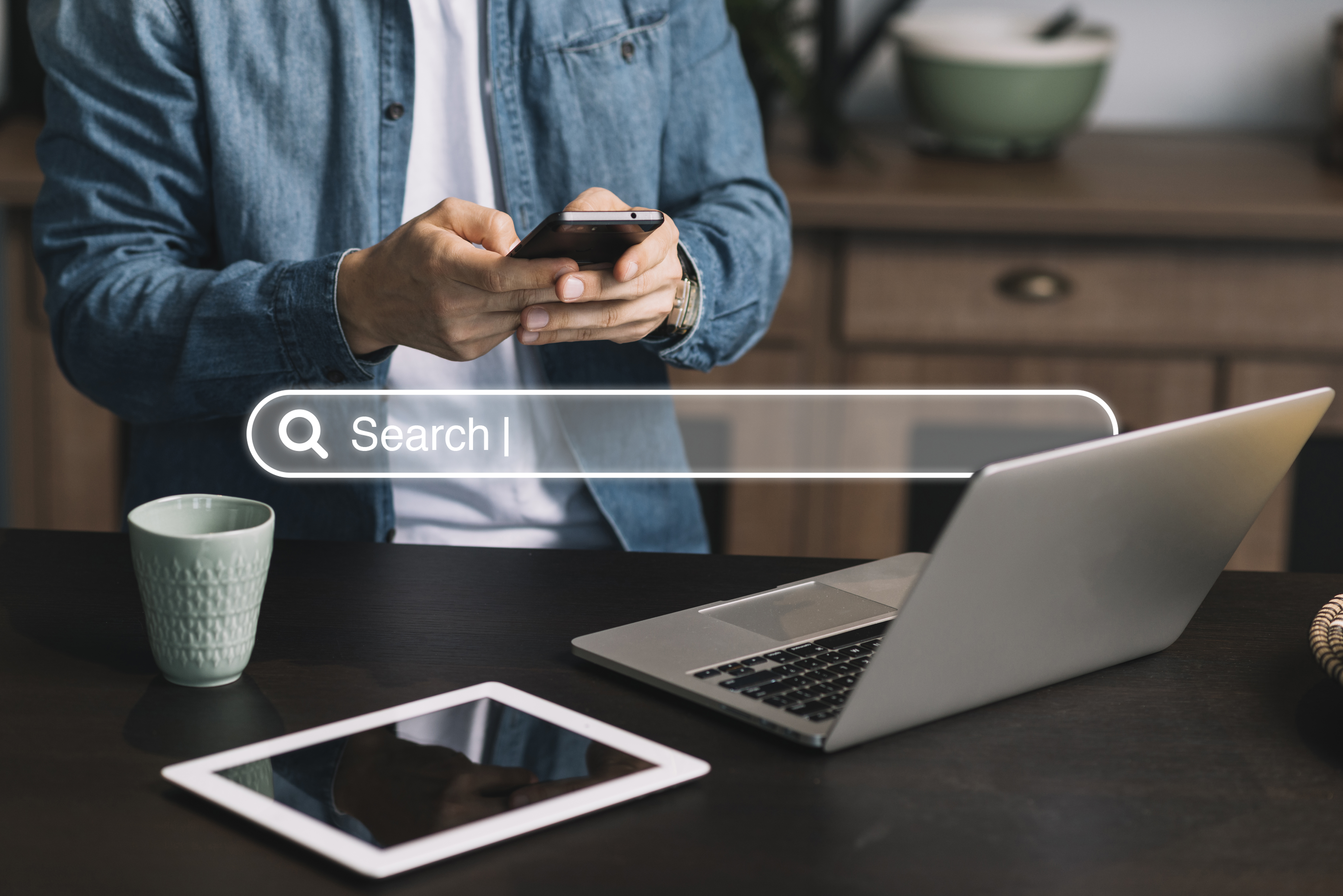Top influencer marketing trends for 2021
As the global pandemic has unravelled since last year, consumer behaviours, needs and disposable incomes have seen a drastic shift. Read about the top influencer marketing trends for 2021.
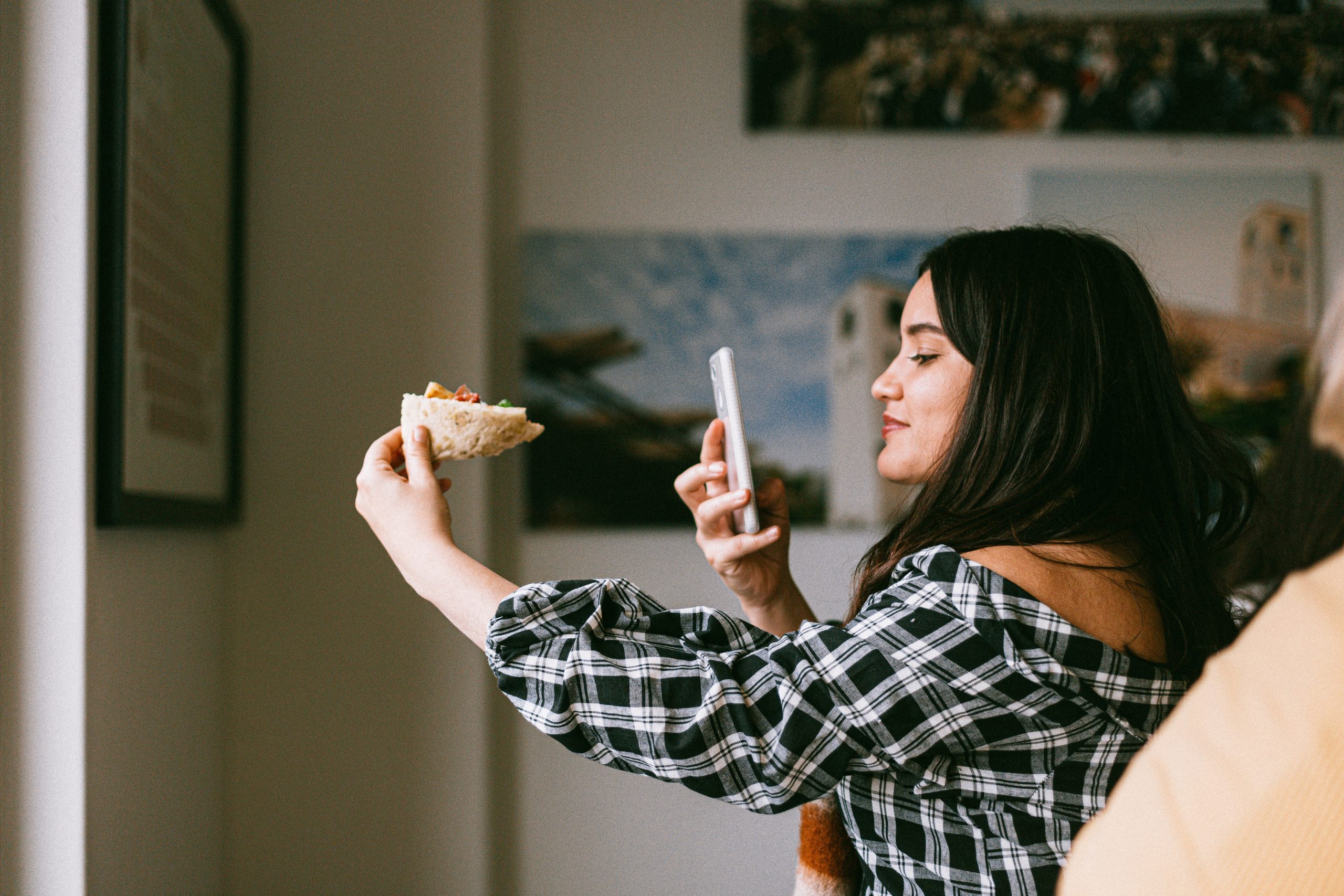
As the global pandemic has unravelled since last year, consumer behaviours, needs, and disposable incomes have seen a drastic shift. While some businesses have seen unprecedented gains from this, others have struggled to cope.
In 2021, it is quite evident that marketers will use social media to a greater extent following the rise of social commerce. Over the years influencer marketing has become an integral part of a robust marketing strategy. We will take a closer look at how influencer marketing can be used by marketers and what trends in influencer marketing will dominate in the year ahead.
Need help keeping your business on top of the latest digital trends? Get in touch today.
What is influencer marketing?
Influencer marketing can help brands grow their social following, brand awareness, and website traffic, by introducing a large number of targeted followers. Consumers tend to trust the opinion of their peers and people they admire more than just brand messaging. Influencer marketing has proven to be a useful way to reach more potential customers.
The impact of COVID
In the aftermath of the outbreak and lockdowns in 2020, marketers have faced challenges in utilising channels effectively as well as pressures to deliver results whilst constantly revising goals and budgets. Many brands postponed influencer-marketing campaigns in an effort to cut costs, in the face of travel restrictions and to avoid appearing insensitive during the public-health crisis.
Additionally, within the influencer industry, it is notable that the five most popular categories with a share of 57% were lifestyle, travel, food, parenting, and fashion and beauty. They were all heavily impacted by the pandemic and restrictions.
So where do we stand now?
It wasn’t all bad news as brands began adapting early on, and shifted their marketing budget to focus more on digital. The majority of influencers also rapidly pivoted to create relatable content and resources for their audiences stuck at home. While some individual influencers may have courted controversy last year, nothing is a bigger testament to our continuing faith in influencers than the news that the UK government has enrolled the help of a number of social media influencers to promote the vaccine programme such as the TV presenter, Pru Leith. Similarly, other influencers have used their ‘power’ to do good. Marchested United’s Marcus Rashford started a campaign to help supply food for underprivileged kids.
On the consumers’ side, with the start of the pandemic, an increasing number of people were going online and more importantly spending a greater amount of time there. A Kantar study reported an increase of 61% in social media engagement, whist the time spend on social media has also increased by and 36%. So we saw and continue to see more competition to get consumers’ attention. It is here that influencer marketing has proved its utility among the arsenal of digital marketing techniques.
Influencer marketing in 2021
Brands that may have previously done well on their own are now seeing the need to put a human face on social media in their messaging. With budget constraints, unpredictable lockdowns, and travel restrictions, it has proven difficult to create a steady stream of brand content and visuals. Collaborating with influencers who match your brand’s demographics and values, can help address this issue and further amplify the importance of influencer marketing for your business.
Influencer marketing trends we are likely to see in 2021
1. Growing importance of micro or nano influencers
Micro-influencers are those with often comparatively small but committed following, often in niche areas. Usually, the word ‘influencers’ brings to mind celebrities with a massive following. But brands, both big and small, are increasingly looking to work with micro-influencers who have captured that niche audience. Micro-influencers have demonstrated better ROIs and engagement. They are committed brand advocates, authentic, innovative and enjoy high trust and relatability as they engage with, and respond to their followers frequently. They are also ideal partners for small businesses who may not have huge marketing budgets but can benefit from a ‘word-of-mouth’ approach. For bigger brands, micro-influencers can provide content that is seen as more authentic and relatable to everyday life.
Brands like HelloFresh, have worked closely with a network of big and micro-influencers to show how they can help busy families during the lockdowns:
2. Rise and rise of video content
Think of TikTok, Instagram reels, IGTV, and live streams. How much more of this content did you consume during the lockdowns? During the first lockdown, video replaced human connection and added a variety of content on social media like nothing else. According to Facebook, live viewings shot up by 50% during the lockdowns and generated six times more engagement than a regular video. Similarly, viewings on Instagram jumped up 70%. Influencer engagements in 2021 will look beyond the humble photo post with a caption. On Instagram, IGTV content is reportedly 4x larger than photos in the ‘explore tab’ hence why this will improve the chances of the content been seen. Both long-form and short-form video content will be important in 2021 for storytelling and showcasing creativity and authenticity.
3. Not just a single post or giveaway, longer-term and innovative collaborations
Influencer marketing engagement is poised to be more than a ‘one-off’ strategy in 2021. As brands spend more time carefully selecting influencers with common goals and values, more and more of them will see value in working with influencers on an ongoing basis to increase their reach and brand loyalty. Having a streamlined network of high-quality partnerships with a variety of influencers can provide a safety net and maximise reach.
Additionally, influencer campaigns are increasingly more innovative and spin across different formats such a livestreams, IGTV, Instagram reels, hashtag challenges on TikTok, simple product shots, or a flat lay (we love a flat lay). These varied formats provide a more dynamic and engaging way to create content with effective storytelling. In order to drive more bottom of funnel conversions, use customised special offers or exclusive sale/launch previews for influencers’ audiences.
A trend we have seen last year, which we believe will roll over to this year, is the creation of curated product lists or co-created products with influencers. Makeup brands have a history of doing this well, but we now see different businesses like interior décor, skincare and clothing rope in influencers to either create co-branded product lines or curated lists of products.
4. Shifting ROI focus
In the past, influencer marketing was usually focused on the top of the funnel goals: awareness, reach, and engagement. But with social commerce predicted to grow sharply in 2021, as time spent online and mobile shopping has increased, influencer marketing campaigns will be designed to also drive sales. Greater use of paid social campaigns in influencer strategies is also predicted for the year ahead. Smaller brands may even measure return on investment in terms of content created by the influencer that can be used (with mutual agreement) across other marketing activities and channels
5. Social responsibility
We are seeing an increasing amount of sponsored posts on Instagram and because of this consumers have become more discerning. The pandemic has also put increasing focus on reducing consumption habits that harm the environment or feed into social inequalities.
We have seen that consumers’ purchase decisions are being increasingly driven in favour of brands whose practices align with their principles, and away from those who have failed to authentically act and acknowledge workplace safety, inclusivity, and environmental impact.
This makes it even more vital in 2021 for brands and influencers to ensure they are a good fit with each other. A recent report by Hootsuite’s Social media Trends Report 2021 have tackled the topic of authenticity from brands and influencers:
We will continue to see the growth in creators in the social media space. Influencers will continue to be present, but accountability, authenticity, and transparency will be the areas brands and.
Companies will use to determine who to partner with, and who to pass on. Empathy and advocacy will be elements that will be integrated within messages and purposes for creator campaigns. The days of ‘faking it till you make it’ without any experience other than having lots of followers are over.
Hootsuite social media trends report 2021
Conclusion
Influencer marketing is here to stay. In a recent survey, 44% of marketers said that they saw better results from influencer marketing campaigns during the pandemic and 46% said the results were the same as in normal situations. Just 10% said they saw worse results from influencer marketing than during pre-pandemic times. A well-designed influencer campaign, with the right set of Influencers using diverse content formats, can be really useful for growing business.
By aligning with the trends mentioned above, businesses can better position themselves to run successful digital marketing campaigns and get the most benefit out of running an influencer campaign.
More insights from the team
